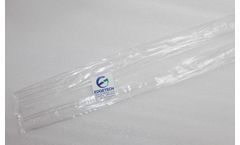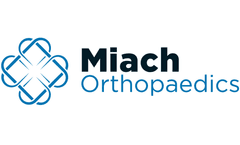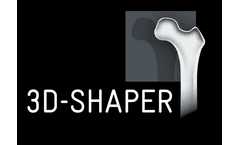Refine by
Orthopedic Implant Articles & Analysis
9 articles found
The Evolution of Orthopedic Implants with Nitinol Technology Orthopedic surgery has undergone remarkable advancements, particularly in spine, foot, and ankle procedures. ...
In biomedical engineering, hydrophobic polymers are used in the development of medical devices, implants, and drug delivery systems. Their water-repellent properties help prevent bacterial adhesion, ensuring the safety and efficacy of these devices. ...
” After discussing the BEAR Implant with his doctor, Corey agreed to be patient number one in the first BEAR Implant clinical trial. ...
How does the BEAR Implant work? The BEAR Implant works with your own blood to heal the torn ends of your ACL back together. ...
Localized treatment responses within the hip may influence the likelihood of fractures initiating or propagating within the affected subregion, and might also have implications for the fixation of orthopedic implants including hip prostheses.(15-17) Cortical and trabecular bone parameters are typically obtained via imaging modalities that rely on 3D quantitative ...
Osteogenesis, or new bone formation, begins in the early stages of embryonic development and continues postnatally until skeletal maturity is reached in early adulthood. Osteogenesis reoccurs in the event of bone trauma, such as a fracture or surgically created defect. Bone mass can also increase in response to chronic weight bearing from daily use or decrease due to a lack of movement or applied ...
Alcyone Lifesciences is a medical technology company based out of Lowell, MA, which specializes in central nervous system (CNS) drug delivery platforms for targeted infusions of the brain or spinal cord. Their Thecaflex DRx System was recently awarded Breakthrough Device designation by the FDA, for spinal infusion of therapeutic medications. Medgadget had the opportunity to speak with Alcyone ...
Abstract Summary Polyetheretherketone (PEEK) is an alternative to metallic implants in orthopedic applications; however, PEEK is bioinert and does not osteointegrate. ...
Abstract Polyetheretherketone (PEEK) is currently gaining popularity in orthopedic and spinal applications but has potential drawbacks in use. PEEK is biocompatible, similar in elasticity to bone, and radiolucent; however, it has been shown to be inert and does not integrate well with bone. Recent efforts have focused on increasing the bioactivity of PEEK by modifying the ...







